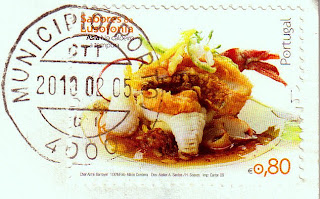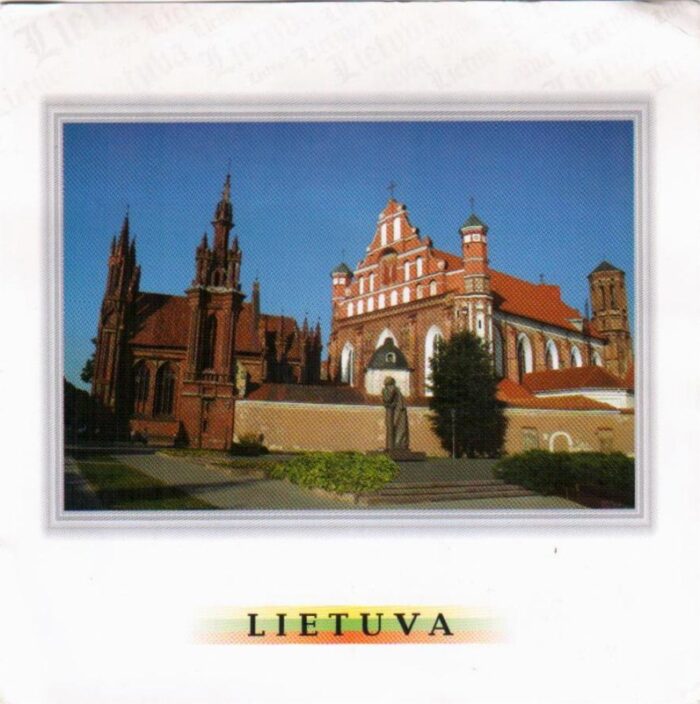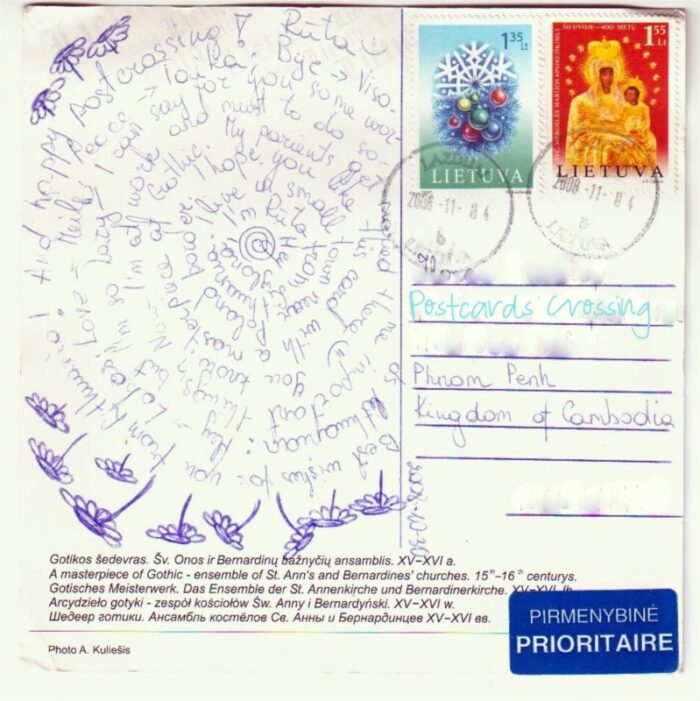This week’s Sunday Stamps takes us to Portugal, the ancestral home of Fernão de Magalhães, or Ferdinand Magellan, who, ironically, was famously credited with circumnavigating the globe and discovering my home country, the Philippines, after switching his allegiance to Spain.
While Portugal might not be immediately recognized as a sporting powerhouse, the country has steadily made its mark on the Olympic stage. Known primarily for its prowess in athletics, Portugal has expanded its medal-winning repertoire to include canoeing and judo and more recently in surfing, skateboarding, and breaking. The Tokyo 2020 Olympics was a particularly triumphant moment, as Portugal secured its best-ever Olympic medal haul. And let’s not forget the global phenomenon that is Cristiano Ronaldo – proof that Portugal’s sporting prowess extends far beyond the Olympic stage.
My stamp features a mouthwatering no caldeiro a tempura – a fusion of Portuguese and Japanese cuisine. It’s part of the Sabores da Lusofonia (Taste of Lusophony) series celebrating the culinary diversity of the Lusophone world – a term encompassing the Portuguese speaking community, akin to Francophone or Hispanophone. Beyond the shared language, Lusophony is a tapestry of historical and cultural threads. Interestingly, over 300,000 Brazilians of Japanese descent, known as decassegui, speak Portuguese as their home language in Japan – a fascinating tidbit from the Wikipedia.

No caldeira a tempura, a crazy good mix of Portuguese and Japanese tastes. This stamp is part of the Sabores da Lusofonia commemorative series, featuring representative dishes from eight Lusophony countries.
I love the crisp postmark on this stamp – it’s a rarity that allows the image to shine through. Interestingly, sabor in my native Visayan-Hiligaynon language means “taste” or “flavour”, and also as a verb to mean “to taste”, both mirroring the stamp’s theme. A question though – if a postmark is applied to a stamp, do we call it a cancellation mark, instead?




